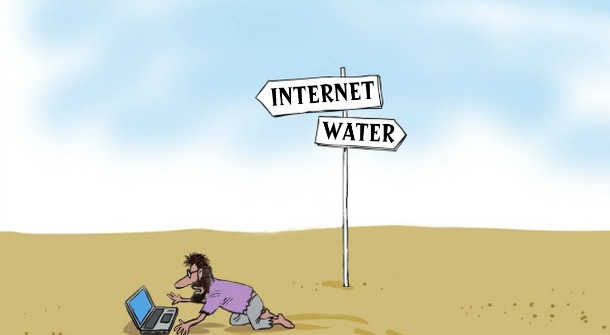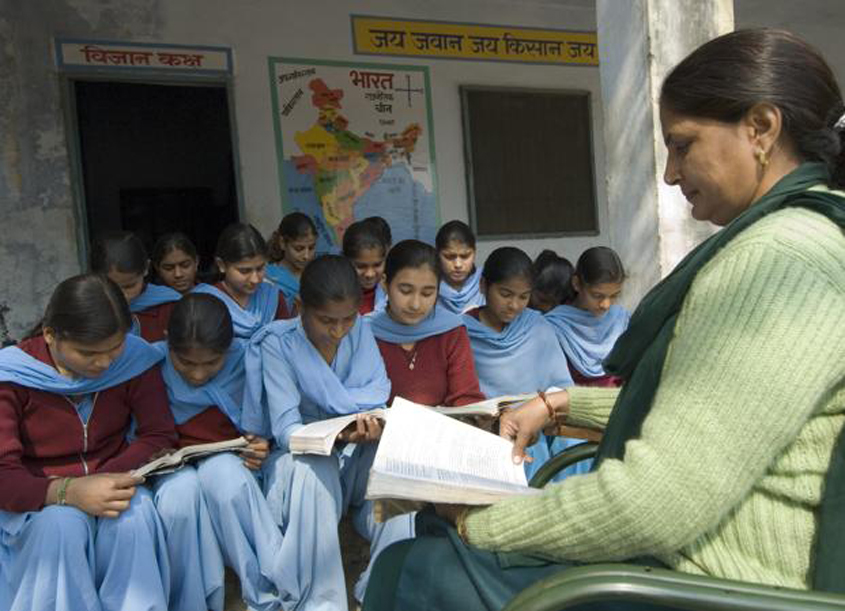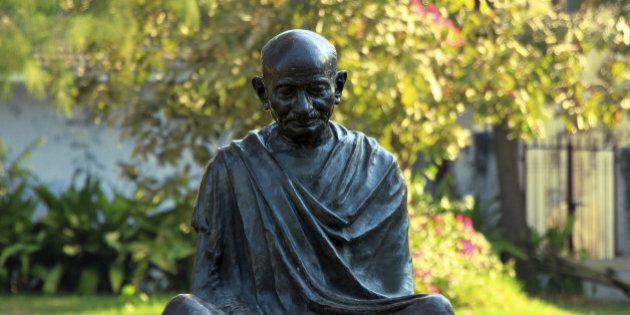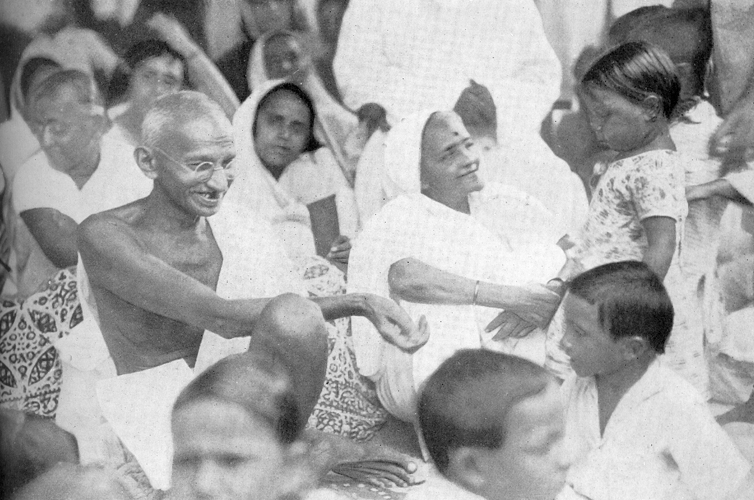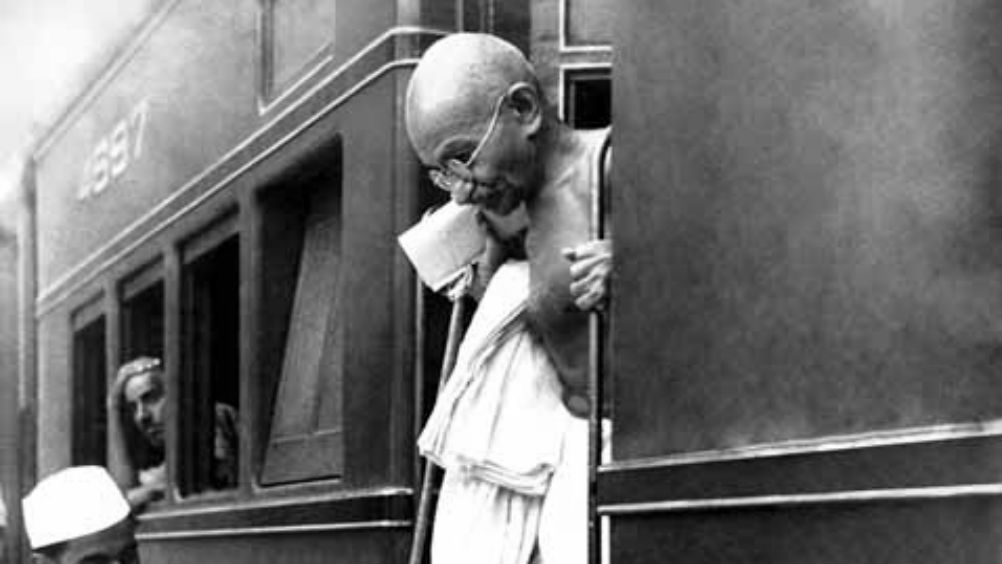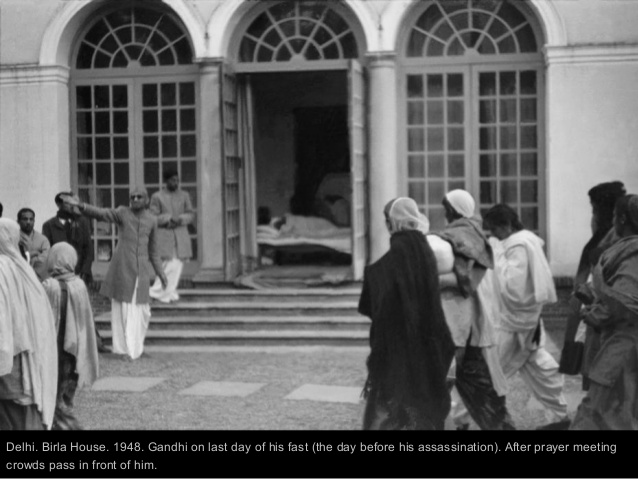India is a diverse country characterized by uneven regional development.The urban and rural are distinguished by stark differences in terms of access to various amenities, internet connectivity being only one of those. Several policy measures have been initiated over the years to improve the state of connectivity in rural areas of the country. In the past couple of years, there has been a marked increase in users and usage of the internet as a result of cheaper mobile phones and mobile data. This article is an attempt to analyze the gaps in rural internet connectivity and suggest possible solutions.
State of and need for connectivity
At present, India has the second highest number of internet users in the world. In 2019, there were about 54 internet subscribers per 100 inhabitants. The total number of internet subscribers was around 719 million. India’s share in the world population is about 16-17%, yet it constitutes only about 10% of the world’s internet population. Furthermore, if only fixed broadband is taken into account, the penetration is far low when compared to other countries. Added to this is the dismal internet penetration in rural areas. The national average in terms of the number of connections is 106 per 100 inhabitants in urban areas compared to merely 30 per 100 inhabitants in rural areas. Long story short, the digital divide in urban and rural India is too wide to be ignored.
Following is a state-wise comparison of the number of rural broadband subscribers which points towards vast regional inequalities.
Source: TRAI
The number of rural broadband users varies from 3 million in Jammu and Kashmir to approximately 40 million in Uttar Pradesh. The latter is followed by Bihar, Maharashtra, and Andhra Pradesh. The states with lowest number of rural internet subscribers are Jammu, Himachal Pradesh, Haryana, Punjab, and Assam. There is a need towards greater penetration of broadband connectivity in these states.
Data from TRAI revealed that in December 2016, only 115.06 million rural population had access to broadband and narrowband as opposed to 276.44 million urban population. Additionally, very few functioning branches of commercial banks in rural India had such an access as compared to those in semi-urban and metropolitan parts of the country. Furthermore, digital financial literacy is too low. The road ahead is not only providing infrastructure but also enhancing digital literacy. The pandemic has necessitated online communication, learning, teaching, banking, and tele-counselling, to name a few. There could not be a better time than this to minimize the many digital divides and improve digital access in remote areas of the country.
State of broadband availability
Broadband internet has a minimum capacity greater or equal to 512 Kbit/s in one or both directions, whereas narrowband internet refers to internet access with a capacity of less than 512 Kbit/s in one or both directions. India is experiencing a consistent rise in the number of smartphone and internet users. The average cost of mobile data was about ₹11.78 per one GB in 2018. As per TRAI, total number of internet subscribers grew by 18.95% from 604.21 million in December 2018 to 718.74 million by the end of December 2019. The latter consisted of 661.94 million broadband subscribers and 56.81 million narrowband subscribers.
Source: TRAI
As per TRAI’s quarterly performance indicator reports, the internet subscriber base has been steadily increasing since 2018. However, as of June 2020, merely 268 million rural population had access to broadband internet (including mobile internet) as opposed to 430 million of urban population. Since December 2019, there is an increase of about 22.15% of internet subscribers in urban India as compared to 55.91% increase in internet subscribers in rural India. However, the wired internet subscribers base accounted to only 3.08% of the total internet subscribers by the end of June 2020.
Challenges of providing rural broadband connectivity
As per a World Bank report, a 10 percent increase in broadband penetration levels in developing countries can bring about a GDP growth of 1.38 percentage points. In India, where the majority of the population lives in rural settings, inclusive growth cannot occur without establishing adequate infrastructure to support rural connectivity. Limited penetration and inadequate infrastructure also restrict instant access to virtual resources providing information about banking, education, healthcare, neonatal care, and so forth. However, most rural populations are deprived of running water, hygienic sanitation facilities, access to hospitals and banks. Where electricity is still a scarce and intermittent resource and education a luxury, providing stable broadband connectivity is an uphill task. Following are some other pressing challenges:
1. Policy shortfalls:
Despite several policy interventions, the digital divide in the country continues to be significant. The expansion of telecommunications in the rural areas has been slower than in urban areas, with the former accounting for merely one-third of the total connections. The National Telecom Policy 2012 aimed towards the ‘Right to Broadband’ by including broadband connectivity under basic necessities. However, policy measures failed to bring any considerable improvement in participation of private service providers improving rural connectivity. Efforts for increasing digital awareness have also been lacking.
2. Inadequate electrification:
Despite claims of 100% electrification, the ground realities continue to be grim. Regular and reliable supply in rural areas remains a challenge for the Indian power sector. The Saubhagya scheme successfully connected households to the grid, but grid access varies across customer categories, utilities, and states. Furthermore, availability of grid electricity in these villages is often unreliable and periodic. Load shedding and power outage are common daily occurrences. Since continuous supply of power is necessary for uninterrupted functioning of wireless equipment, there is a need for alternative sources of power (Karandikar et al., 2016).
3. Affordability:
In most states, around 30-50 units of electricity are provided free of cost for basic lighting purposes. Despite these measures, many households opt not to purchase an electric connection. Some of the reasons include the seasonal nature of the agricultural income, lack of regular income, high electricity bills, and unexpected expenditures in the households. A TRAI report from 2014 mentioned that in India, prepaid data plans of 250 MB and 100 MB per month were available for $2.40 and $0.80, respectively. The former could be afforded by 59% and the latter by 94% of the Indian population. In terms of data usage, a plan of 250 MB is also grossly insufficient for daily consumption and would be limited to operation on a mobile phone with poor (mostly 2G speed). The challenge is thus twofold – providing adequate data at affordable prices.
4. Literacy:
As per Census 2011, the average literacy rate in India is 74.04 per cent. However, there is a lack of adequate data on digital literacy. Low literacy is a major deterrent to increasing internet penetration. Besides, most of the content available on the internet is in English, creating a language barrier for rural users.
5. Gender disparity in access:
In India, a considerable difference is observed in labour force participation, income, and education levels of women. This also hinders their access to and ownership of smart devices and the internet, deepening the digital divide. The 2012 Intel Women and the Web Report revealed that one in five women in India believe that the internet is not ‘appropriate’ for them. Additionally, 10 percent of the female non-users also revealed that their families and partners would disapprove their use of the internet. Patriarchal social norms lead to their digital exclusion and deprive them of access to several opportunities for empowerment.
The way forward
The pandemic offers us both a lesson and opportunity to strengthen rural connectivity in India. The ongoing second wave is more severe than the first, necessitating more lockdowns and curfews. With schools and colleges shut, classes will have to continue online. Digital payments and transactions will become necessary if mobility is restricted. An effective rural broadband policy framework must be comprehensive, gender-inclusive, as well as tractable. The Alliance for Affordable Internet (A4AI) recommends a framework that enhances digital and financial literacy, develops content in regional and local languages, and allows stakeholders to participate in these processes. The challenge is to make it both cost-effective as well as affordable. A renewed focus on rural internet connectivity is essential for achieving the goals of Digital India.
Dhanashree Gurudu works with an NGO in Mumbai and is interested in social and developmental issues pertinent to our times.

